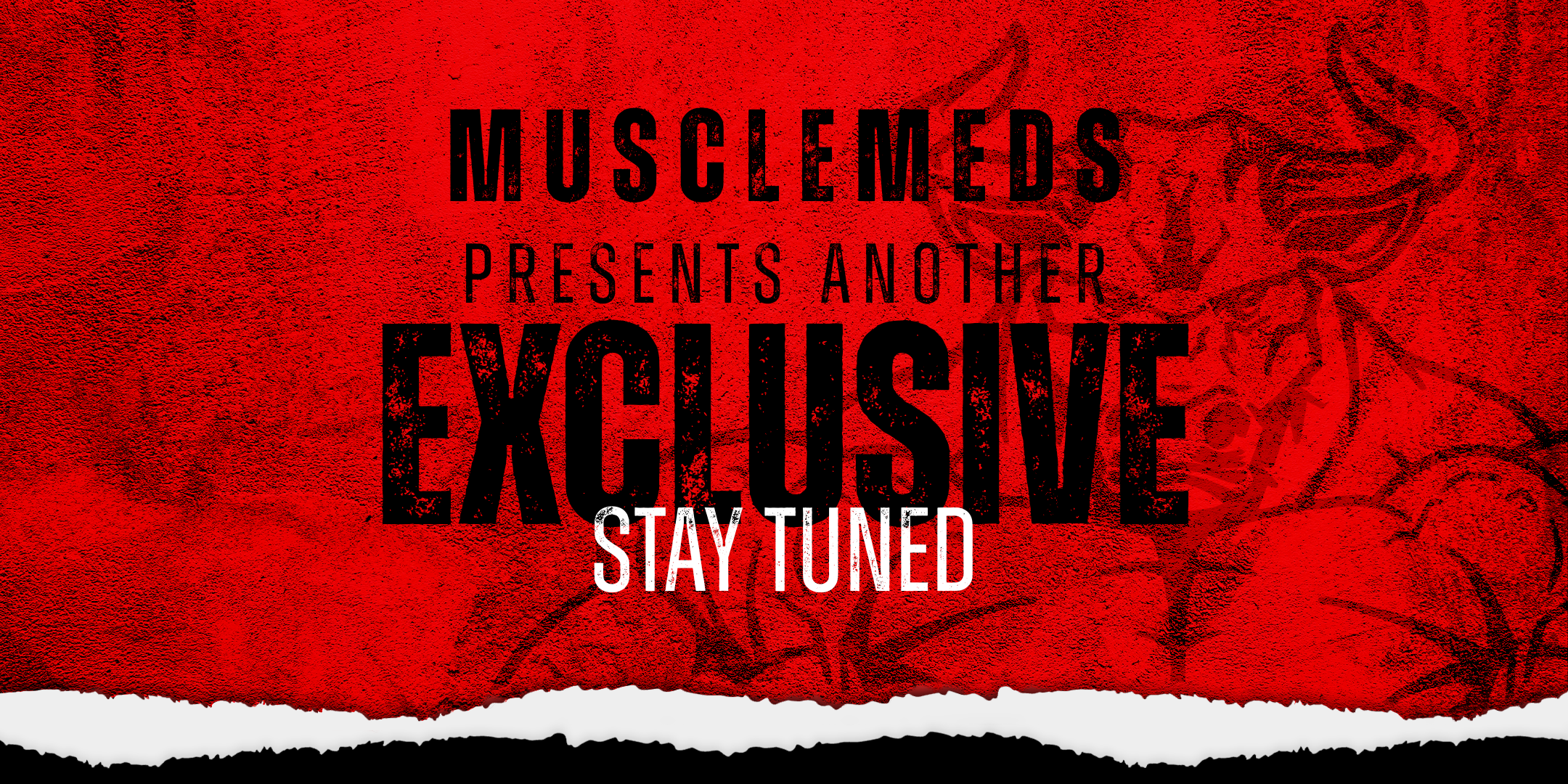Anthropometry: Determining Your Muscle Potential
By: Aaron Wellman, PhD MS Nutrition Science and Applied Sports Science
What is Anthropometry?
Muscle is always a key focus here at MuscleMeds. One thing we already know is muscle size and structure play a critical role in sports and athletic performance. Most people have no idea what their size and muscle growth potential is. As an athlete wouldn’t it be great to know?
Anthropometry is a term that describes the systematic approach of objectively classifying components of the human body, based upon joint, limb, torso and the whole body dimensions and structural characteristics, utilizing standardized measurement techniques (Kalayci et al., 2016). For many years, it has been postulated that body structure plays a critical role in athletic performance (Malina, 1975) and, to this end, these measures are being used to establish to how, and to what extent, they impact muscle growth potential and physical performance.
NFL, NBA, and NHL Improve Performance & Mitigate Risk of Injury
A novel study (Martin, AD. (1984) performed several years ago, which involved the complete dissection of cadavers, has provided the framework to accurately measure the masses of an individual’s skeletal mass, muscle mass, and fat mass, in addition to skin and organ mass. This anatomical assessment involves 25 measures, including measures of bone breadths, skinfolds, and limb girths, allowing us to determine, among other variables, the maximal amount of muscle mass that an individual is able to carry. Sports organizations, including the NFL, NBA, and NHL are now utilizing these measures to determine the optimal amount of muscle mass for their athletes, which may improve performance and mitigate the risk of injury.
The Impact on Athletes & Fitness Enthusiasts
For fitness enthusiasts not participating in organized sport, this quick assessment not only determines the current level of muscle mass and body fat, but also provides reliable information on how much more muscle mass the frame can carry. Armed with this information, training recommendations and nutritional protocols are then prescribed to achieve the specific fitness and/or bodybuilding goals of each individual. This assessment massive implications for athletes and nonathletes alike, who are interested in increasing performance, improving body composition, or achieving high levels of muscularity. Subsequent articles will focus on specific nutrition, supplementation, training strategies to achieve each of these desired goals.




